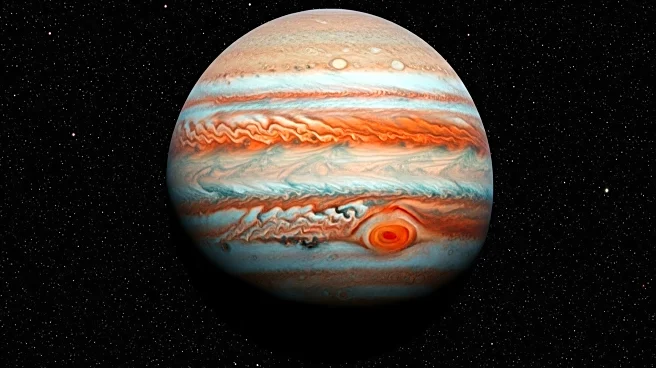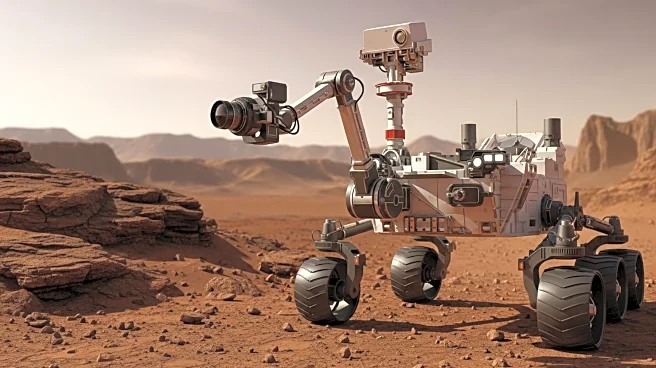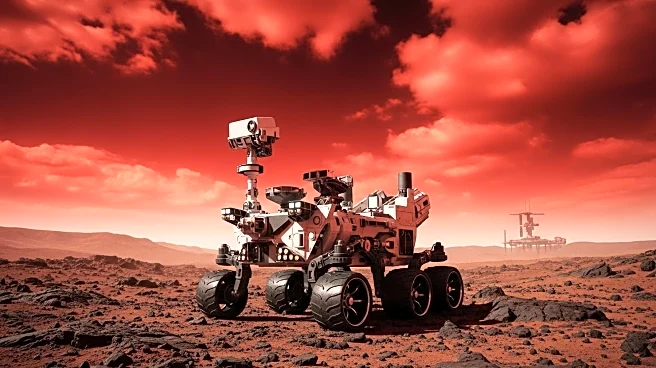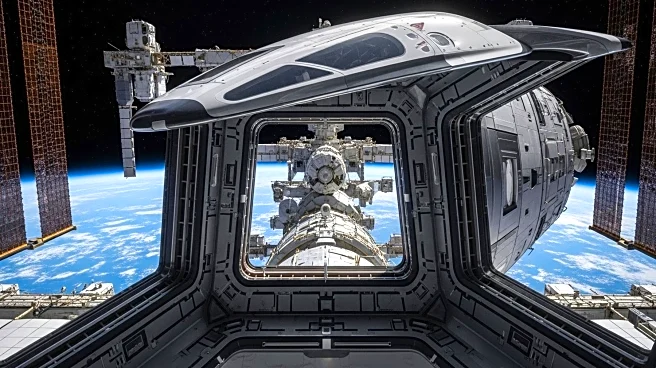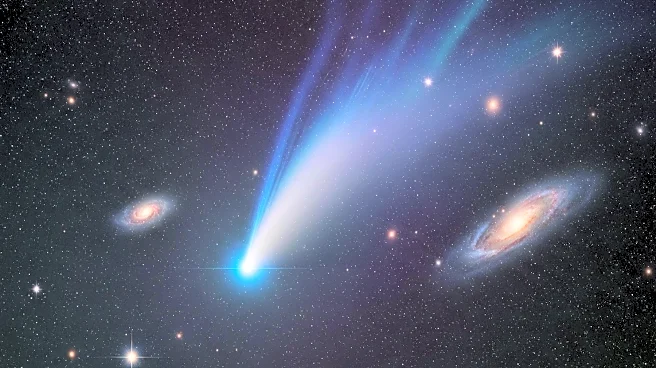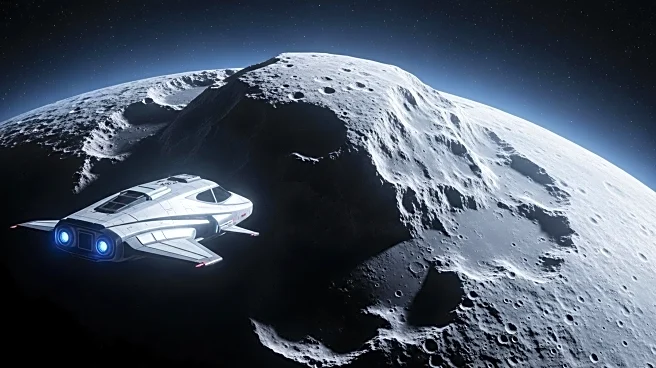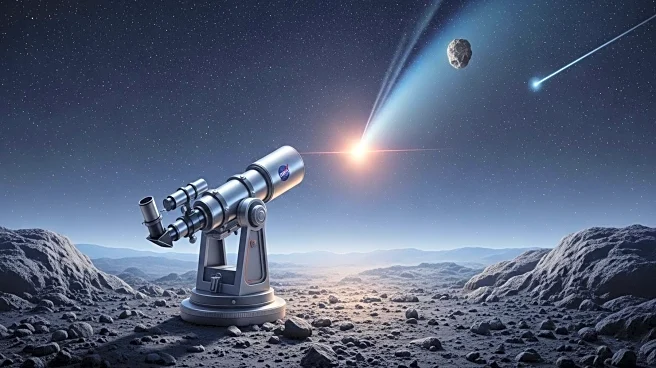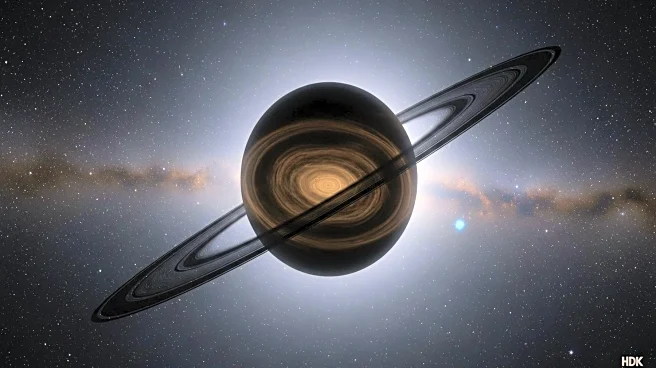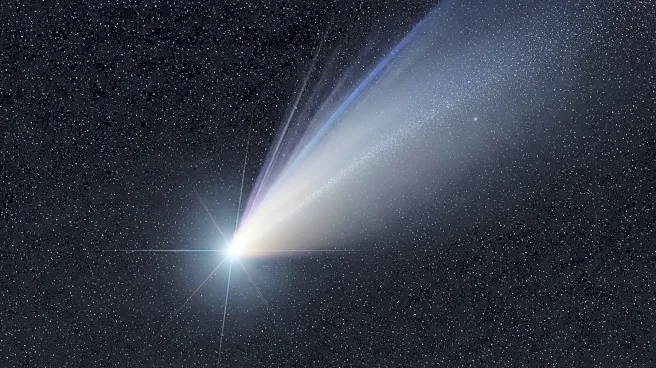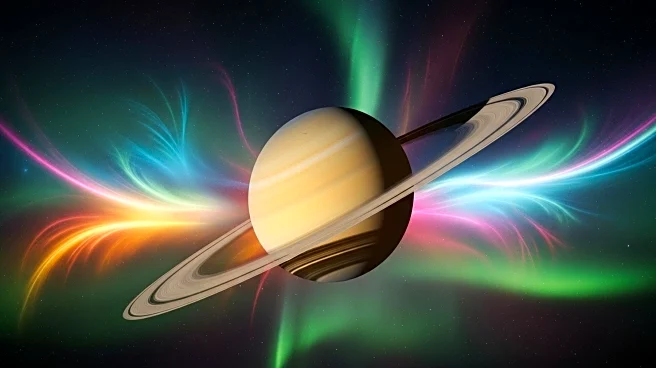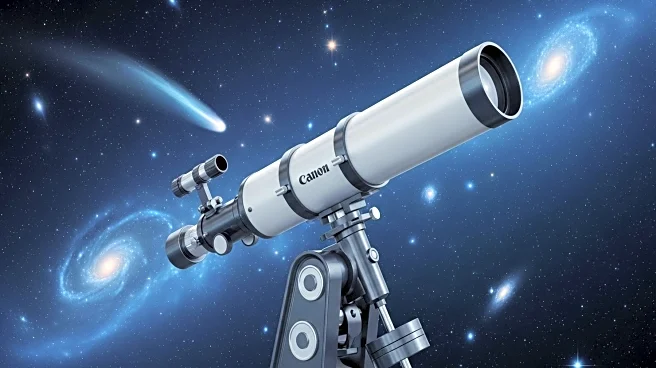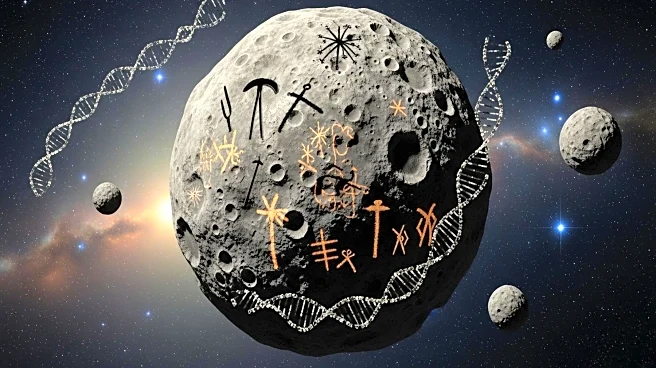What is the story about?
What's Happening?
The Hubble Space Telescope has produced high-definition imagery of Jupiter, offering a detailed view of the gas giant. This imagery, credited to NASA's Goddard Space Flight Center, showcases the planet's atmospheric features and dynamic weather patterns. The high-resolution images allow scientists to study Jupiter's composition and behavior, contributing to the understanding of planetary atmospheres and the solar system's dynamics.
Why It's Important?
The high-definition images of Jupiter are significant for planetary science, as they provide insights into the planet's atmospheric conditions and weather systems. Understanding Jupiter's atmosphere can help scientists draw parallels with other gas giants and improve models of planetary formation and evolution. This research is crucial for future space missions and the development of technologies for exploring outer planets.
What's Next?
Further analysis of the high-definition images will continue to enhance the understanding of Jupiter's atmospheric dynamics. Scientists may use this data to refine models of planetary weather systems and predict future atmospheric changes. The ongoing study of Jupiter could inform the design of future missions to explore the outer planets, potentially leading to new discoveries about the solar system.
Beyond the Headlines
The imagery of Jupiter also highlights the technological advancements in space observation, showcasing the capabilities of modern telescopes like Hubble. This progress raises questions about the future of space exploration and the potential for discovering new celestial phenomena. The cultural impact of such discoveries can inspire public interest in space science and encourage investment in scientific research.
AI Generated Content
Do you find this article useful?
